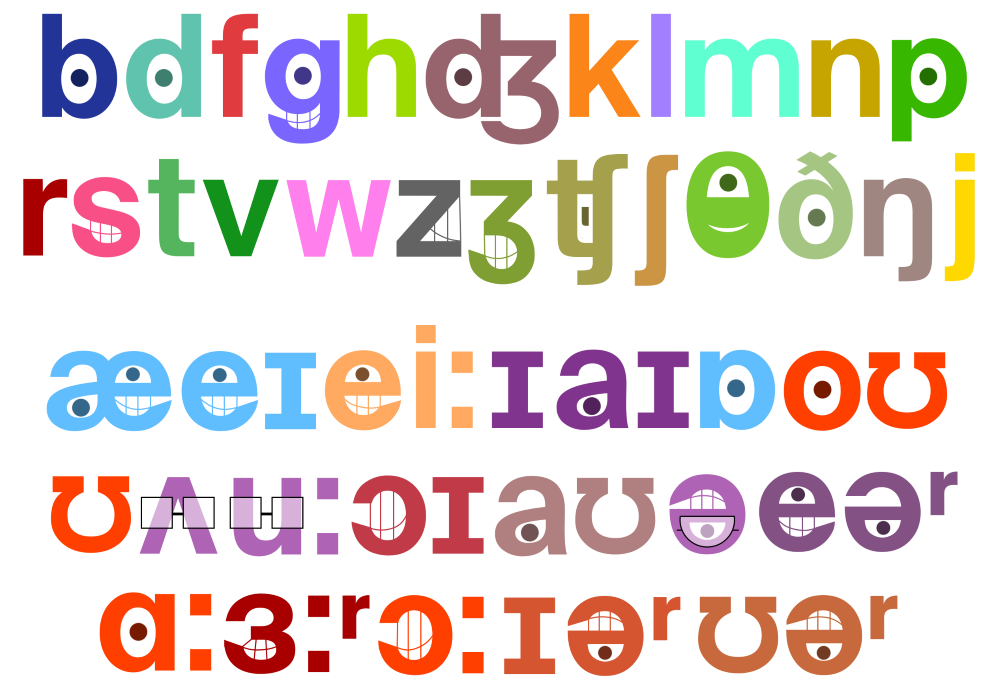“No, I can’t do it. I’m not good at English. I can’t read or write fluently. I’ll never succeed.” These thoughts are often in the mind of a dyslexic student struggling to learn English. This negative mindset has prevented many students from experiencing the joy of learning the language. These were the words of one of my former students who came to me lacking self-confidence and with a negative attitude towards English. Four years later, she couldn’t stop speaking in English and even engaged in conversations with a university professor. So, can we reverse these negative feelings and help our students love the language and feel successful?
The answer is “yes,” absolutely. But how can this be achieved? There are many small actions we can incorporate into our daily lessons to boost our students’ confidence and motivate them to keep trying despite any difficulties. Teaching English to a student with dyslexia can be both challenging and rewarding. As educators, understanding the unique needs and learning styles of these students is crucial for their success. Dyslexia, a learning disorder characterized by difficulties with accurate or fluent word recognition, spelling, and decoding abilities, requires tailored instructional strategies.
Dos
1. Use Multisensory Techniques
An incredibly effective strategy is the use of multisensory techniques. Students with dyslexia can benefit greatly from incorporating visual, auditory, and kinesthetic-tactile elements into lessons. This approach enables them to process and retain information more effectively. For example, you can use wooden or magnetic letters combined with images to check spelling, allowing learners to physically feel the letters. Another effective technique is to integrate movement into lessons. Additionally, mnemonics are powerful tools for strengthening information retention. Create acronyms, use body language, or make up songs to help students remember information.
2. Break Tasks into Smaller Steps
Learners with dyslexia may feel overwhelmed by long, complex activities. Breaking tasks into smaller, manageable steps can reduce anxiety and make the learning process more approachable. This approach allows for gradual progress, boosting their confidence as they succeed with each step. Regularly reviewing these steps reinforces learning and builds a solid foundation for more complex tasks. Make instructions as simple as possible, and when possible, provide visuals to support them. This approach helps students feel reassured that they are following the correct steps and encourages them to become more independent learners.
3. Provide Positive Reinforcement
Celebrate successes at every opportunity, no matter how small, to build self-esteem and encourage persistence. This technique is especially beneficial for students with low self-esteem, as it helps them shed negative feelings resulting from past failures. Make sure your feedback is both written and oral. For example, you can use a table in their notebooks and add stickers or stamps for every success.
4. Encourage the Use of Technology
Technology can be a powerful ally for students with dyslexia. Tools such as text-to-speech software and spelling checkers can help students overcome barriers related to reading and writing, allowing them to focus on content rather than mechanics. Audiobooks and e-readers with adjustable text settings can also enhance their reading experience. Websites like Wordwall allow teachers to create content for speaking, spelling, vocabulary, and grammar, facilitating understanding and retention while checking previous material.
5. Foster a Growth Mindset
Cultivating a growth mindset is crucial for students with dyslexia. Emphasizing effort rather than outcomes, and the belief that intelligence and abilities can be developed through dedication, plays a significant role in fostering a sense of inclusion and potential for growth. Using phrases like “Well done, you’re improving because you practiced” or “Mistakes help us learn” can positively impact students’ mindsets.
Don’ts
1. Rely Solely on Oral Instructions
Oral instructions alone are often insufficient. Students with dyslexia struggle with auditory processing, so they may forget what was said almost immediately. Instead, provide written instructions combined with visual aids to support verbal communication. This dual-channel approach ensures that students have multiple ways to access and understand the material.
2. Overload with Excessive Information
Avoid presenting too much information at once, as it can overwhelm students and be counterproductive. Focus on one concept at a time, ensuring mastery before moving on to the next. This paced approach allows students to build their knowledge systematically and reduces anxiety.
3. Use Negative Language or Comparisons
Negative language or comparing students with dyslexia to their peers can have detrimental effects on their progress and self-esteem. Using negative reinforcement or highlighting deficiencies can severely damage their self-image, leading them to give up. Instead, focus on individual strengths and efforts, fostering a supportive and inclusive classroom environment.
4. Set Unrealistic Expectations
Setting unrealistic expectations can lead to frustration and disappointment, decreasing motivation. Acknowledge that progress may be slower and less linear for students with dyslexia. Work with them to set short-term, achievable goals and celebrate each achievement to maintain motivation and build confidence over time.
Implementing these approaches in our teaching routine can create an inclusive and nurturing learning environment that helps students with dyslexia thrive and develop a lifelong love for learning. Teaching English to students with learning difficulties requires patience, creativity, and a deep understanding of their unique challenges. Above all, it’s essential to teach with genuine love and care for each student’s personality.

